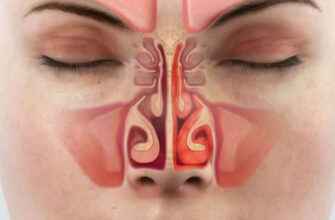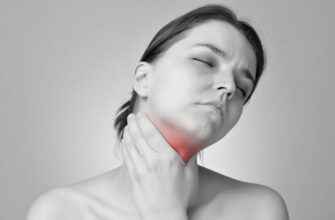Osteoarthritis (OA) is a degenerative joint disease that affects millions of people worldwide. It is the most common form of arthritis and can cause pain, stiffness, and limited mobility in the affected joints. In this article, we will discuss the causes, symptoms, and treatments for osteoarthritis.
Causes of Osteoarthritis
OA is caused by the breakdown of cartilage, the tissue that cushions the ends of bones in a joint. The exact cause of OA is unknown, but risk factors include age, obesity, genetics, and joint injuries or overuse. Additionally, women are more likely to develop OA than men.
Symptoms of Osteoarthritis
The symptoms of OA can include joint pain, stiffness, and swelling. The affected joint may also be tender to the touch and may make cracking or popping sounds when moved. In severe cases, the joint may become deformed or lose its range of motion.
Diagnosing Osteoarthritis
To diagnose OA, a doctor will typically perform a physical exam and ask about the patient’s medical history. X-rays and other imaging tests may also be used to look for signs of joint damage.
Treatments for Osteoarthritis
There is no cure for OA, but treatments can help manage the symptoms and slow the progression of the disease. These treatments may include pain medication, physical therapy, weight loss, and joint replacement surgery in severe cases.
Preventing Osteoarthritis
While there is no guaranteed way to prevent OA, there are several steps that individuals can take to reduce their risk. These include maintaining a healthy weight, staying physically active, avoiding joint injuries, and practicing good posture and body mechanics.
Diet and Osteoarthritis
A healthy diet can play a role in managing OA symptoms. Eating a diet rich in fruits, vegetables, whole grains, and lean protein can help reduce inflammation and support joint health. Additionally, some supplements, such as glucosamine and chondroitin, may be helpful for some individuals.
Exercise and Osteoarthritis
Regular exercise can help manage OA symptoms by strengthening the muscles around the affected joint and improving range of motion. Low-impact exercises such as swimming, cycling, and yoga are typically recommended for individuals with OA.
Medications for Osteoarthritis
Over-the-counter pain medications, such as acetaminophen and nonsteroidal anti-inflammatory drugs (NSAIDs), can help manage OA pain. In some cases, stronger prescription medications may be necessary.
Surgery for Osteoarthritis
In severe cases of OA, joint replacement surgery may be necessary to restore mobility and reduce pain. During this procedure, the damaged joint is removed and replaced with an artificial joint made of metal and plastic.
Living with Osteoarthritis
Living with OA can be challenging, but there are many resources available to help individuals manage their symptoms and maintain a good quality of life. Support groups, physical therapy, and assistive devices such as braces and crutches can all be helpful.
Conclusion
Osteoarthritis is a common and often debilitating disease, but there are many treatments available to help manage its symptoms. By maintaining a healthy lifestyle, working closely with a doctor, and staying informed about the latest research, individuals with OA can live full and active lives.











